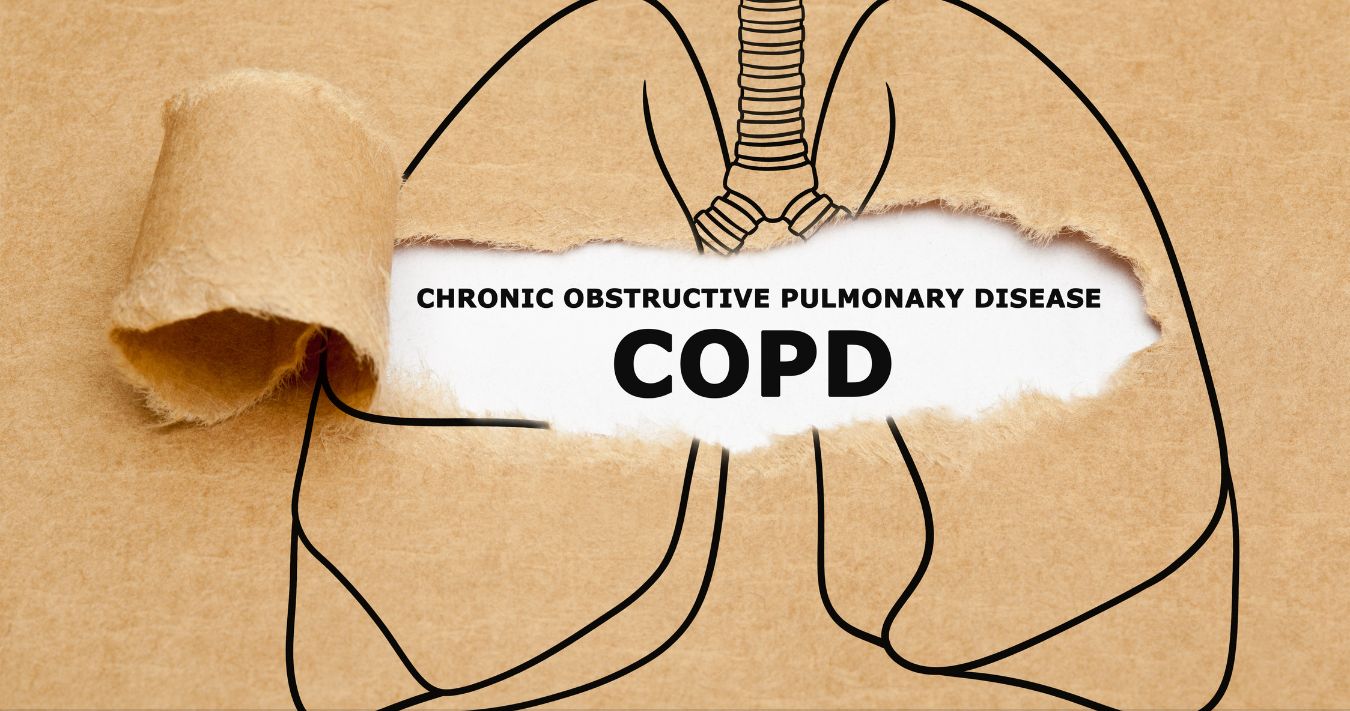Best Treatments for COPD
Chronic obstructive pulmonary disease (COPD) is responsible for 5% of all global deaths each year. To help, there’s Siolto, a prescription inhaler used to treat chronic obstructive pulmonary disease.
1. Stiolto
Stiolto is an inhalation spray that is taken daily. It’s also steroid-free (which can be beneficial for some individuals). It works to open the airways in less than two minutes, providing relief for up to 24 hours.
In other good news, it’s also very affordable. However, you do need a prescription. If you’re curious about it, discuss it with your doctor. They can determine if it’s appropriate for you and your situation.
2. Quit Smoking
If you’re a smoker, your doctor’s initial first steps will be to recommend that you quit. Quitting can help prevent your symptoms from worsening and even extend your lifespan while preventing other health issues.
Understandably, quitting is never easy. Thus, it may be best to sign up for a program, use nicotine-replacing products or use other medicines. Talk with your doctor about the best next step for you. They may be able to refer you to certain programs and support groups or recommend specific medications.
3. COPD Medications
While you work to quit smoking, either way, medications are typically prescribed to help manage COPD. The exact type depends on the severity of your symptoms, as well as your diagnostic test results.
Some common medications include:
- Nebulizers.
- Bronchodilators.
- Inhaled steroids.
- Combination inhalers.
- Oral steroids.
- Phosphodiesterase-4 inhibitor.
- Theophylline.
- Antibiotics (in the case of respiratory infections that may arise).
4. Pulmonary Rehabilitation
Similar to cardiac rehab, pulmonary rehab is performed in a closely monitored group setting. It combines education, exercise and behavioral changes to improve respiratory health and overall wellness.
Typically, these types of programs can be found in hospitals, outpatient clinics or even virtually. A medical team consisting of nutritionists, dietitians, doctors and respiratory therapists will also be involved throughout the program. Ultimately, the goal of these types of programs is to help improve the quality of life, reduce hospital admissions and reduce symptoms.
5. Oxygen Therapy
When diagnosed with COPD, you’ll undergo various tests. These tests may further be used to determine how the disease is progressing and may include:
- Oximetry.
- Arterial blood gas test.
- Exercise test.
- Sleep studies.
These tests will determine whether oxygen therapy is appropriate or not.
Oxygen therapy involves using supplemental oxygen to increase oxygen in your blood to normal levels. This typically involves the delivery of oxygen via a face mask attached via a tube to an oxygen tank. This therapy may be only used occasionally, such as during physical activity or when sleeping. For others, however, they may need to use it all the time.
6. Non-Invasive Ventilation (NIV)
Individuals with higher levels of carbon dioxide in their blood may need hospitalization. In these cases, non-invasive ventilation (a type of positive pressure ventilation) can help reduce the life-threatening nature of this disease and prevent recurring flare-ups.
Yet, this type of therapy isn’t limited to hospital use. It can also be used at home with a face mask.
7. Other Lifestyle Changes
Other complementary therapies and lifestyle changes, besides quitting smoking, can help improve your outcome and quality of life. For instance, this may include regular daily activity, yoga, acupuncture, massage and more.
Additionally, taking care of yourself in terms of stress management and nutrition can also help improve your quality of life and fulfillment overall.
8. Surgery
Surgery may be an option in severe cases and when medication alone doesn’t seem to be helping. Surgery may involve:
- The removal of damaged lung tissue for the expansion of healthier lung tissue.
- A lung transplant.
- The removal of bullae (large air spaces) in the lungs.
Surprisingly, the main causes of this disease are tobacco smoking and air pollution. However, not everyone exposed to tobacco smoke and pollution will face a COPD diagnosis.
The good news is that there are various COPD treatments available. These therapies help:
- Manage symptoms.
- Slow the disease’s progression.
- Decrease flare-ups.
- Improve your ability to lead a physically active life.
Below, we explore each treatment option in more detail.
Palliative & End of Life Care
COPD has no cure. This means that while you can lead a long life (Many live into their 70s, 80s and 90s), you should prepare for any end-of-life medical decisions now—while you still can. This may involve approving certain medical treatments, creating a will and completing a Power of Attorney.
If you're suffering from AMD (wet or dry), there are some effective treatment options available.

